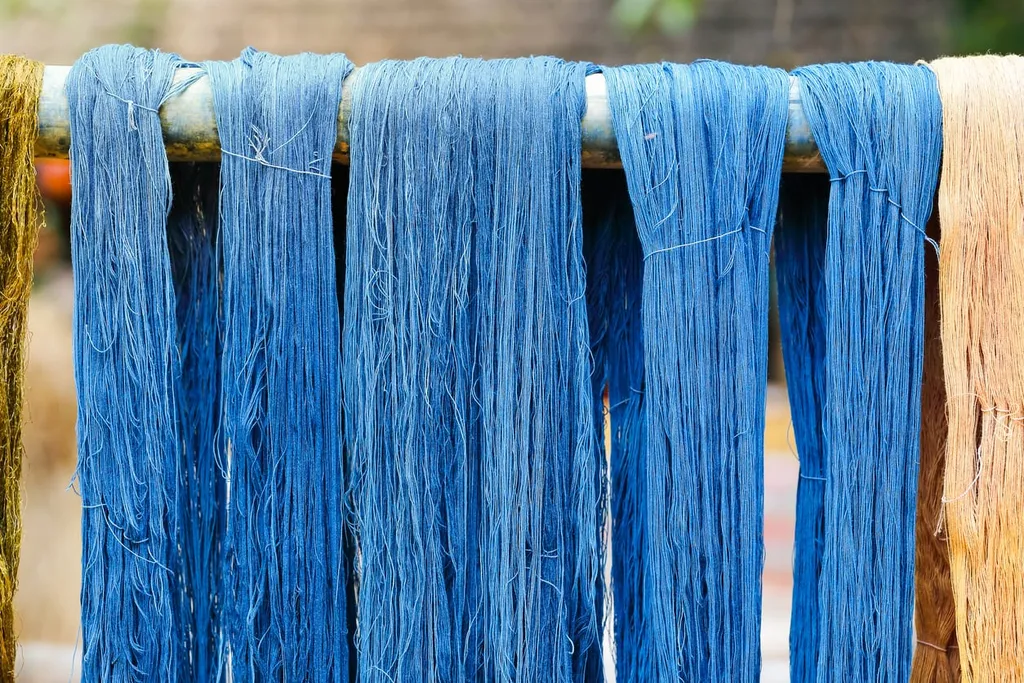indigo making supplier
The Making of Indigo A Supplier's Journey
Indigo, a vibrant blue dye with a rich history, has been an integral part of textile production for centuries. As the world has evolved, so too has the demand for this natural dye. The journey of becoming an indigo supplier involves understanding the plant's cultivation, the extraction process, and the intricate dynamics of the market.
Cultivation of Indigo Plants
The first step in the indigo supply chain is the cultivation of indigo plants. Historically, indigo was derived from several plants, primarily *Indigofera tinctoria*, native to tropical and subtropical regions. Modern suppliers often focus on sustainable practices, cultivating indigo in organic farms to meet rising consumer demand for eco-friendly products.
Growing indigo requires a deliberate approach the soil must be well-drained, and the climate must provide ample sunlight and moderate rainfall. Farmers often employ crop rotation techniques to maintain soil health and maximize yield. The indigo plants typically flourish within three to four months, and harvesting occurs when the leaves have reached their peak in pigment concentration.
Harvesting and Processing
Once harvested, the indigo leaves undergo a fascinating transformation. The leaves are first soaked in water to initiate a fermentation process, which breaks down the plant's cellular structure and releases indican, the compound responsible for the dye's pigmentation. This fermentation can take several days, during which the leaves are stirred regularly to promote even fermentation.
After fermentation, the next stage involves extracting the indigo dye. The liquid that results from the fermentation is aerated, which causes the indican to oxidize and precipitate out as a blue pigment. This pigment is then collected, rinsed, and dried. The final product is often in the form of cakes or powders, ready for distribution.
Market Dynamics and Trends
indigo making supplier

The journey from plant to product is complex, but being a successful indigo supplier also hinges on understanding the market. The demand for indigo is largely driven by the fashion industry, particularly in denim production. As consumers become more conscious of the environmental impact of their choices, there is a growing trend towards organic and naturally dyed fabrics.
Suppliers must stay abreast of these trends to remain competitive. Many are exploring innovative ways to improve the efficiency of indigo production, such as using eco-friendly extraction methods and investing in research to develop high-yield indigo varieties. Additionally, there's a rising interest in alternative sources of indigo, including synthetic processes and novel plants that can yield similar dyes.
Challenges Faced by Suppliers
Despite the opportunities, indigo suppliers face significant challenges. Fluctuating prices for raw materials, weather unpredictability, and competition from synthetic dyes can impact profitability. Sustainability remains a pressing concern, as the demand for natural products often clashes with the realities of large-scale production.
Suppliers must navigate certifications that authenticate organic and fair-trade practices, further complicating supply chains. Building relationships with ethical producers and ensuring transparency in sourcing are critical components for long-term success.
Conclusion
The role of an indigo supplier is multifaceted, bridging agricultural practices, manufacturing processes, and market awareness. As the world looks to sustainable alternatives, indigo stands at the crossroads of tradition and modernity. By embracing eco-friendly techniques and understanding consumer needs, indigo suppliers can contribute to a vibrant future for this age-old dye.
In summary, the making of indigo and the journey of a supplier is a testament to resilience and innovation. With a focus on sustainable practices and an eye towards market trends, providers of indigo dye continue to thrive, ensuring that this beautiful hue remains a staple in the world of fashion and textiles. Embracing the challenges and opportunities within the industry, they play a crucial role in the resurgence of natural dyes in a modern market that is increasingly valuing sustainability.
-
The Timeless Art of Denim Indigo Dye
NewsJul.01,2025
-
The Rise of Sulfur Dyed Denim
NewsJul.01,2025
-
The Rich Revival of the Best Indigo Dye
NewsJul.01,2025
-
The Enduring Strength of Sulphur Black
NewsJul.01,2025
-
The Ancient Art of Chinese Indigo Dye
NewsJul.01,2025
-
Industry Power of Indigo
NewsJul.01,2025
-
Black Sulfur is Leading the Next Wave
NewsJul.01,2025

Sulphur Black
1.Name: sulphur black; Sulfur Black; Sulphur Black 1;
2.Structure formula:
3.Molecule formula: C6H4N2O5
4.CAS No.: 1326-82-5
5.HS code: 32041911
6.Product specification:Appearance:black phosphorus flakes; black liquid

Bromo Indigo; Vat Bromo-Indigo; C.I.Vat Blue 5
1.Name: Bromo indigo; Vat bromo-indigo; C.I.Vat blue 5;
2.Structure formula:
3.Molecule formula: C16H6Br4N2O2
4.CAS No.: 2475-31-2
5.HS code: 3204151000 6.Major usage and instruction: Be mainly used to dye cotton fabrics.

Indigo Blue Vat Blue
1.Name: indigo blue,vat blue 1,
2.Structure formula:
3.Molecule formula: C16H10N2O2
4.. CAS No.: 482-89-3
5.Molecule weight: 262.62
6.HS code: 3204151000
7.Major usage and instruction: Be mainly used to dye cotton fabrics.

